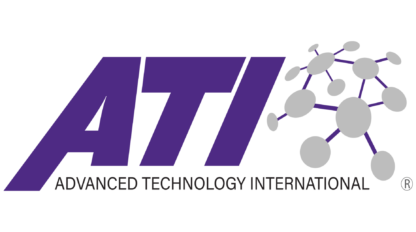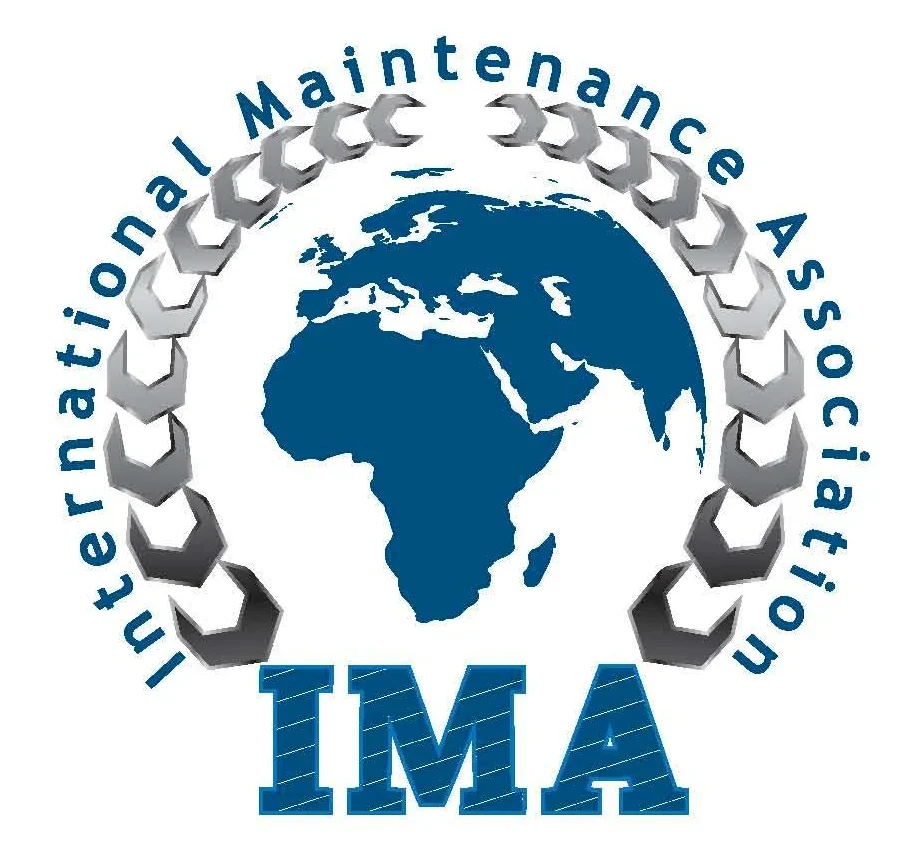Maintenance Strategies, Offerings, Hacks That Save Time, Money
Written by Jesse Morton, Technical Writer for Coal Age
As published in Coal Age
Suppliers offer advice, steps, and solutions to beat common challenges and hedge against the growing skills shortage in maintenance
Life Cycle Engineering (LCE), a global maintenance planning optimization services supplier, said Industry 4.0 is revolutionizing maintenance and miners need to embrace it and the benefits offered.
With more than 25 years of experience in the field of maintenance and reliability, Randy Heisler, vice president for LCE’s Chemicals, Oil and Gas, and Metals business division, told Coal Age that the proliferation of sensors, remote monitoring, digitization solutions, artificial intelligence, and predictive maintenance ushers in a new era in maintenance planning.
“Traditional, time-based planned maintenances are being replaced with condition-based technologies that can prevent unexpected failures and increased costs,” he said. “Predictive analytics are allowing adjustments to the frequencies of planned downtime, which can increase operational uptime.”
Industry 4.0 is enabling companies to build and launch maintenance strategies for new and critical assets earlier and earlier in a project. “Pre-startup reliability activities like defining work processes, determining critical spares, and developing preventive and predictive maintenance programs are becoming keys to successful projects,” he said.
Examples of new technological solutions that are revolutionizing maintenance and maintenance planning include “electronic libraries of asset information and procedures that are being used with augmented reality to overlay digital information,” Heisler said. “This technology is being used for many helpful applications, including mechanical training and in repair tasks.”
“Additionally, they are providing real-time instructions for preventive and corrective maintenance tasks.”
The influx of advanced technologies offers an opportunity for the industry to recruit talent inspired by innovation and automation. There must be a shift to eliminate the perception that mining is a low-tech industry when, in reality, new tech is being introduced at a rapid pace, Heisler said. “Exposing tech school students to today’s mining industry is likely to change their perception.”
Once acquired, new talent must be sufficiently trained by old talent, which is increasingly in short supply. “Capturing existing knowledge is essential so new employees can hit the ground running with information on how to maintain the equipment,” he said. “Capture this information by working with seasoned technicians to get the work instructions entered into the CMMS or use the latest technologies to capture and record the work in real time.”
How well new maintenance planners are trained will affect maintenance program efficiency as much as any new technologies can.
“Coupling this training with well-defined workflow processes can speed up the time that the event gets completed, which can increase uptime,” Heisler said. “Prioritizing having a reliability engineer position on staff creates a focus on reliability improvements, much like a safety coordinator is focused on safety,” he said. “This individual can focus on loss elimination through efforts to root cause analysis and the prevention of recurring failures.”
And sufficient operator training can also help optimize a maintenance program. “The role of operations in the maintenance process is often overlooked,” he said. “Effective asset management should be a partnership between operations and maintenance.”
After all, operators own the lion’s share of responsibility for equipment reliability. And the relationship is reciprocal. “The maintenance team supports operations in keeping the assets maintained to meet the production expectations and goals,” Heisler said. “Getting operations and maintenance working together on how to maintain the equipment can help improve the reliability of the assets.”
Beyond maximizing use of technologies, recruiting talent, and training, maintenance programs can be hardened or helped by the entrenched paradigm of both leadership teams, he said.
Old ways have staying power.
“As the industry changes, and technology becomes more prevalent, it is important to employ change management methodologies and tools to manage the change,” Heisler said. “The soft stuff is the hard stuff,” he said. “To quote Bossidy and Charan, we can’t think our way into a new way of acting, we must act our way into a new way of thinking.”
Beyond the hard soft stuff, top suppliers offer several solutions, services and hacks to beat common maintenance challenges.
Take the Next Step
Let’s drive your success together. Reach out today to see how our expertise can transform your operations.



